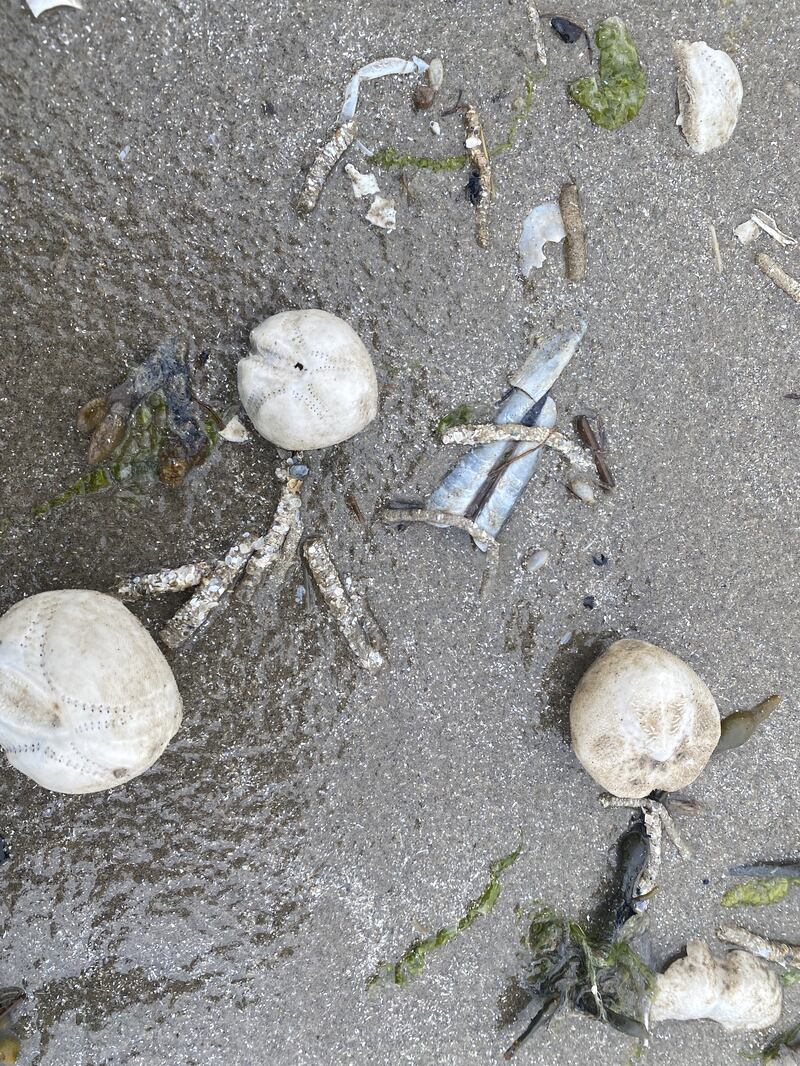The other day I rescued a cuckoo that crashed into my house window. After a few hours she was ready to fly away. - Thelma Banks, Dromahair, Co Leitrim
Cuckoos are rarely seen, so this was an unusual encounter. There is little difference between males and females, but only the males call cuck-coo. Hold back on polishing the window glass for a while.

Did you ever see a rare mutant grasshopper? I saw two of them in our field recently in east Cork. - Gavin Mc Grath
No, I have never seen these, so far. Apparently, the pink colouring is caused by a rare genetic mutation called erythrism similar to albinism. This is a wingless nymph stage of the field grasshopper. This rare mutation can also happen in the meadow grasshopper, but this species has not been recorded as occurring in Ireland.
READ MORE

Can you identify these caterpillars? Are they rare or invasive? - Margaret Wynne, Rathmines, Dublin
This is the time of year for these native caterpillars, which cover particular small trees with silk webbing and proceed to defoliate them. They are micro-moths; their caterpillars can wriggle backwards when the head is touched, unlike the caterpillars of the macro-moths, which cannot perform such athletic feats. These ones are small ermine caterpillars, most likely the orchard ermine. Even though heavily defoliated, the trees will recover.

We recently came across many clusters of these tiny objects on Gormanston beach and wondered what they were? - From a reader in Co Meath
These are the shells, properly called tests, of the sea potato. They can be up to 9cm long but are often smaller. This is a sea urchin, which lives in deeper waters and burrows into clean sand. When living, it is covered in a layer of yellowish-brown spines. It is a deposit feeder.

Have you a nature query, observation or photo you would like to share with The Irish Times? Submit it, with location of the image, via our website www.irishtimes.com/eyeonnature









